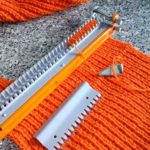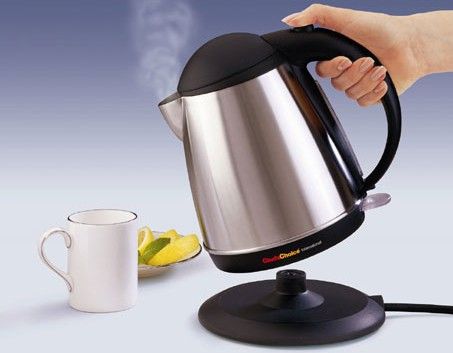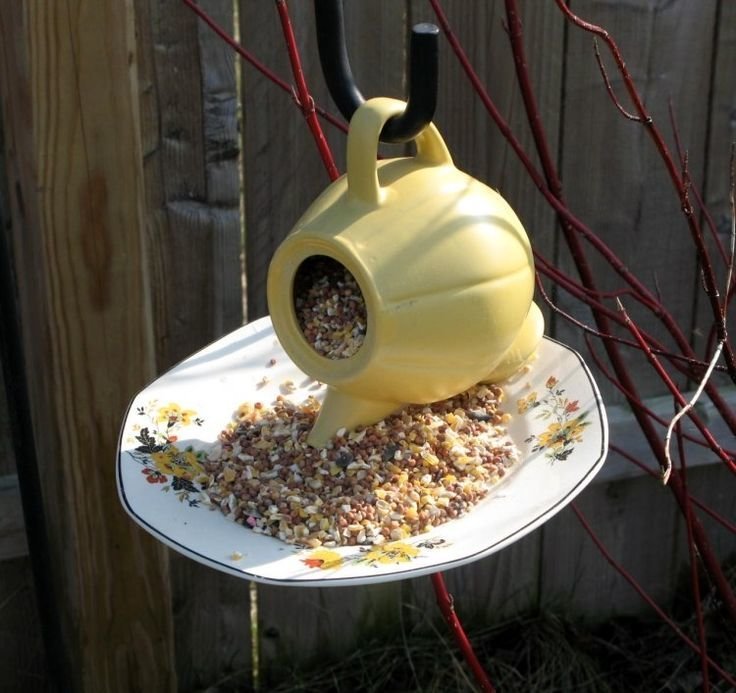Why does scale form in a kettle?
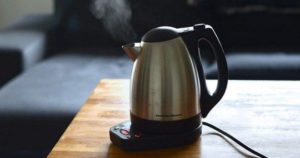 It's probably no secret that one of the main enemies of an electrical appliance that heats water - be it a water heater, a washing machine or a kettle - is scale. Due to the formation of a whitish coating, devices often reduce the heating intensity or stop working altogether. The nature of the appearance of scale, as well as why and how it needs to be dealt with, will be discussed in this article.
It's probably no secret that one of the main enemies of an electrical appliance that heats water - be it a water heater, a washing machine or a kettle - is scale. Due to the formation of a whitish coating, devices often reduce the heating intensity or stop working altogether. The nature of the appearance of scale, as well as why and how it needs to be dealt with, will be discussed in this article.
The content of the article
Causes of scale in a kettle
Water flows from water pipes in our apartments, as well as from wells in suburban areas, containing impurities dissolved in it. The more of these impurities, the more sediment is formed when it is heated. The amount of scale formed, including in a kettle, is determined by the degree of water hardness, which is responsible for the calcium and magnesium compounds found in the liquid.
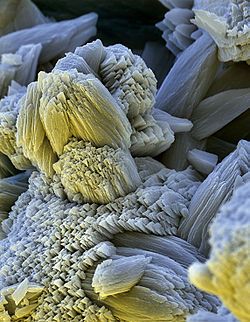
As they precipitate, calcium and magnesium salts end up in our cups of hot drinks. In such quantities they cannot do much harm to the body. After settling for a long time on the heating element of an electric kettle, scale gradually grows in thickness and becomes a serious threat both to the device and to tea and coffee lovers. The fact is that on a surface covered with a layer of scale, which consists of a large amount of magnesium and calcium, a favorable environment appears for the development of bacteria and other microorganisms. The sediment itself has good heat-insulating properties, which contribute to the failure of the electrical appliance.
Water hardness is determined using a special pH scale. If the pH value of a liquid is 7, then it is neutral. If it is less than 7, then the environment in it is acidic, otherwise it is alkaline. Alkaline water is called hard water.
Calcium carbonate, one of the main culprits of hardness, is a moderately water-soluble element. However, as the water temperature increases, it gradually crystallizes and precipitates. This process begins at a temperature of 40 0C and accelerates with its further increase. So gradually, from heating to heating hard water, sediment forms in the kettle.
Why you need to deal with scale in your kettle
The consequences of scale formation can be considered in the context of harm to humans and to household appliances.
In the first case, calcium-magnesium solids cannot cause serious harm. The only reason for concern is favorable conditions for the spread of bacteria in the resulting environment. But to do this, it is enough to regularly wash the dishes before use. As for the kettle, the bacteria in it die during the next boiling.
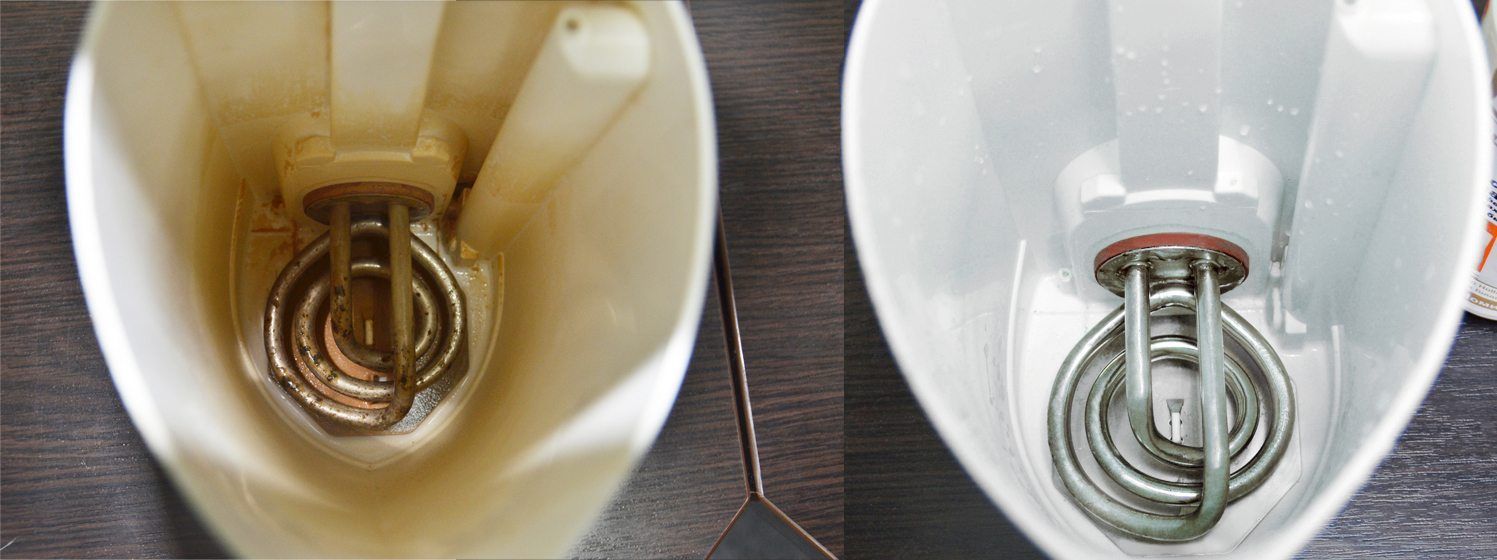
For the device, the consequences of solid deposits on the heating element can have very unpleasant consequences. First of all, heat transfer from the heat source towards the heated liquid deteriorates significantly. When a layer of just a few millimeters is formed, 30% more energy can be spent to heat the water. This directly leads to an increase in electricity bills, and a kettle is far from the least powerful electrical appliance.
But if heat is not transferred to the fluid, and electricity is wasted, where does the energy go? It concentrates on the heater, resulting in a high probability of its overheating and failure.
How to get rid of scale
To avoid breakdowns, it is necessary to promptly get rid of the resulting sediment. Acid works very well for this. In the case of a kettle, the acid must be harmless to health, so that after descaling the device can continue to be used for its intended purpose - for food purposes. Let's look at the most popular cleaning options:
- Acetic acid. Boil 1 liter of water, pour 100 ml of acetic acid into it. Leave the solution in the kettle for 1 hour, then drain along with the dissolved salt sediment. After this procedure, it is recommended to perform 1-2 idle boils to wash off the remaining solution.
- Lemon acid. A cleaning solution can be prepared from citric acid. To do this, just a couple of spoons of the product for the same volume is enough. Further, the sequence of actions is similar. Boil, leave in the kettle, after the scale has peeled off, drain and rinse.
- Carbonated drinks. A more original way is to clean the electric kettle using soda containing acid. It is recommended to use colorless drinks (Sprite, Seven Up). To do this, you need to completely remove gases from the liquid, pour ½ liter of it into the device, bring to a boil, let it cool and drain.
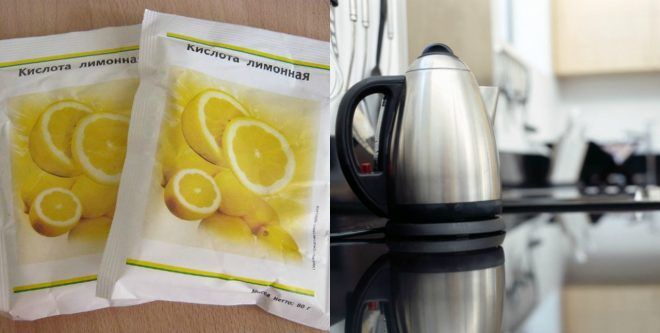
Preventing scale from appearing in a kettle
In addition to combating already formed scale, you can also apply preventive measures to prevent its appearance.To do this, you must follow the following simple rules:
- After boiling, drain the water completely - there is no need to leave it in the device until it cools completely;
- use clean water for heating - run the liquid from the water supply through a filtration system or use drinking water purchased in a store;
- as an alternative to the previous point, you can use pre-settled water;
- Rinse the kettle before turning it on;
- From time to time, perform preventative cleaning using the products described in the section above.
Any equipment requires careful operation and proper maintenance. Then its service life will be long.

